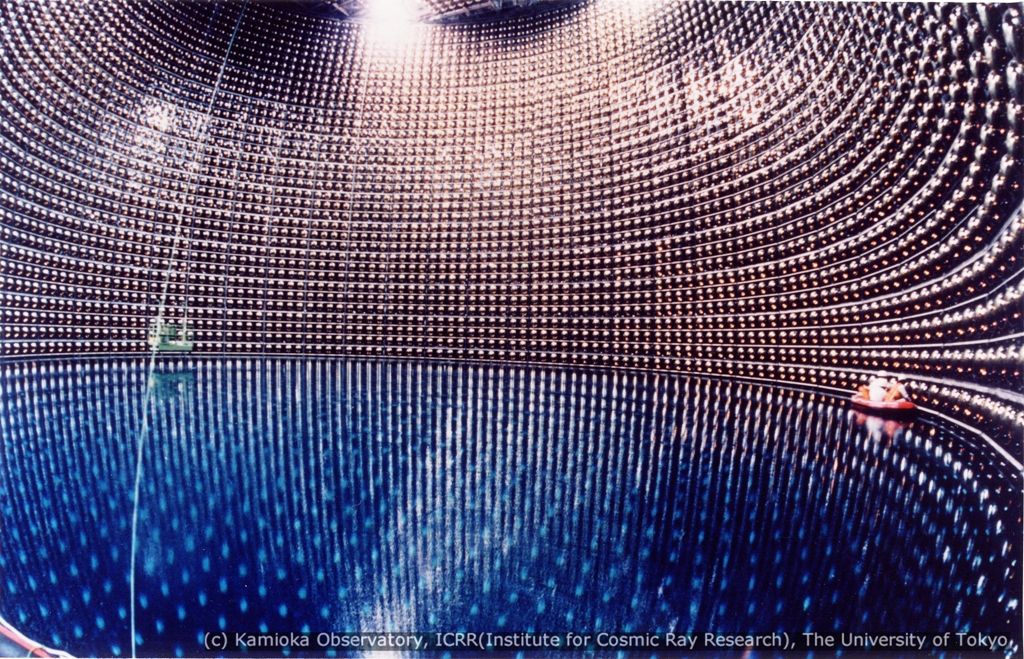-
 Flatulence
Flatulence
-
 Scoliosis
Scoliosis
-
 Tiger mosquito
Tiger mosquito
-
 Gaugino
Gaugino
-
 Chat
Chat
-
 Rheology
Rheology
-
 Emission spectrum
Emission spectrum
-
 Motility
Motility
-
 Creosote
Creosote
-
 Critical pressure
Critical pressure
-
 Fjord
Fjord
-
 Spandrel
Spandrel
-
 Spitzer
Spitzer
-
 Common broom
Common broom
-
 Creatine Phosphokinase
Creatine Phosphokinase
-
 Dengue fever virus
Dengue fever virus
-
 Gmail
Gmail
-
 Relenza
Relenza
-
 Quantum entanglement
Quantum entanglement
-
 Giant sequoia
Giant sequoia
-
 Carbene
Carbene
-
 Light pen
Light pen
-
 Progestogen
Progestogen
-
 Main sequence star
Main sequence star
-
 Botulinum toxin
Botulinum toxin
-
 Biot-Savart law
Biot-Savart law
-
 Libration
Libration
-
 Raid
Raid
-
 Glass mat
Glass mat
-
 Dysnomia
Dysnomia
Super-Kamiokande
The Super-Kamiokande is a Japanese neutrino detector. It consists of a huge cylinder 40 metres tall and 40 metres in diameter filled with over 50,000 tonnes of water and equipped with photomultipliers that detect Cherenkov radiation. Initially its purpose was to track the disintegration of the proton predicted by the grand unification theories (GUT).
But in 1987, its predecessor, Kamiokande, named after Kamioka (the mountain village where the experiment took place), and NDE, meaning first of all Nucleon Decay Experiment and then Neutrino Detection Experiment, was used to reveal neutrinos from the explosion of a star (supernova SN 1987A, in the large Magellanic cloud), confirming the theory of supernova explosions.
In 1998 an improved version, the Super-Kamiokande, acquired international fame by proving the phenomenon of neutrino oscillation thereby solving the puzzle of solar neutrinos. And it was for this discovery that Masatoshi Koshiba was awarded the Nobel physics prize in 2002.
 Internal view of the Super-Kamiokande. © Kamioka Observatory, ICRR, Univ. of Tokyo
Internal view of the Super-Kamiokande. © Kamioka Observatory, ICRR, Univ. of Tokyo
Latest
Fill out my online form.



